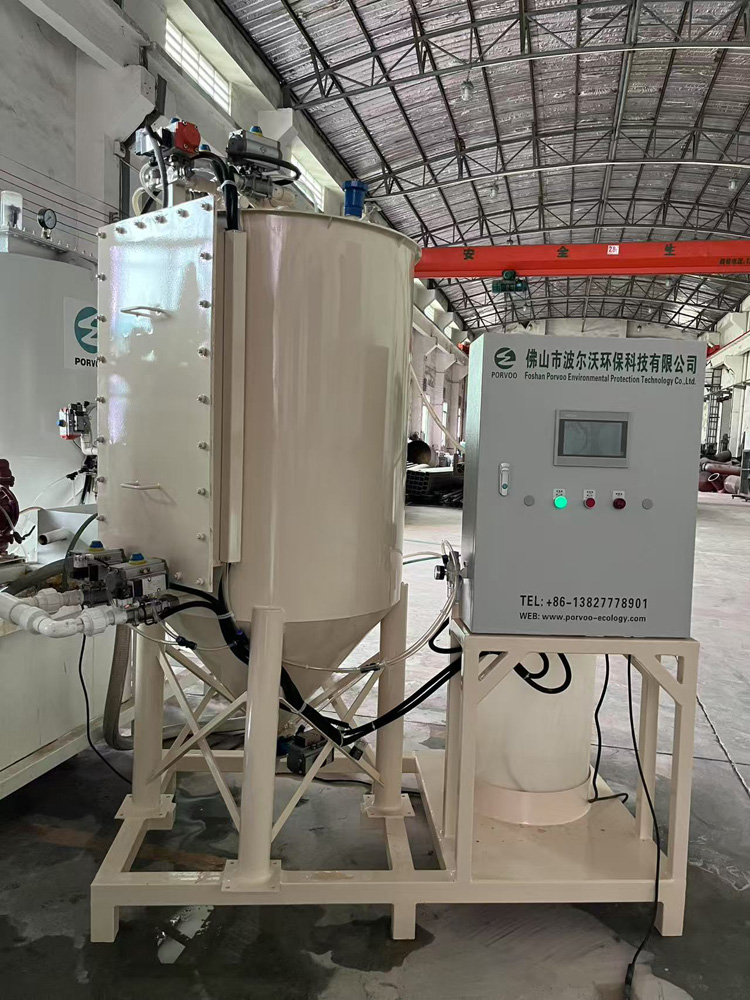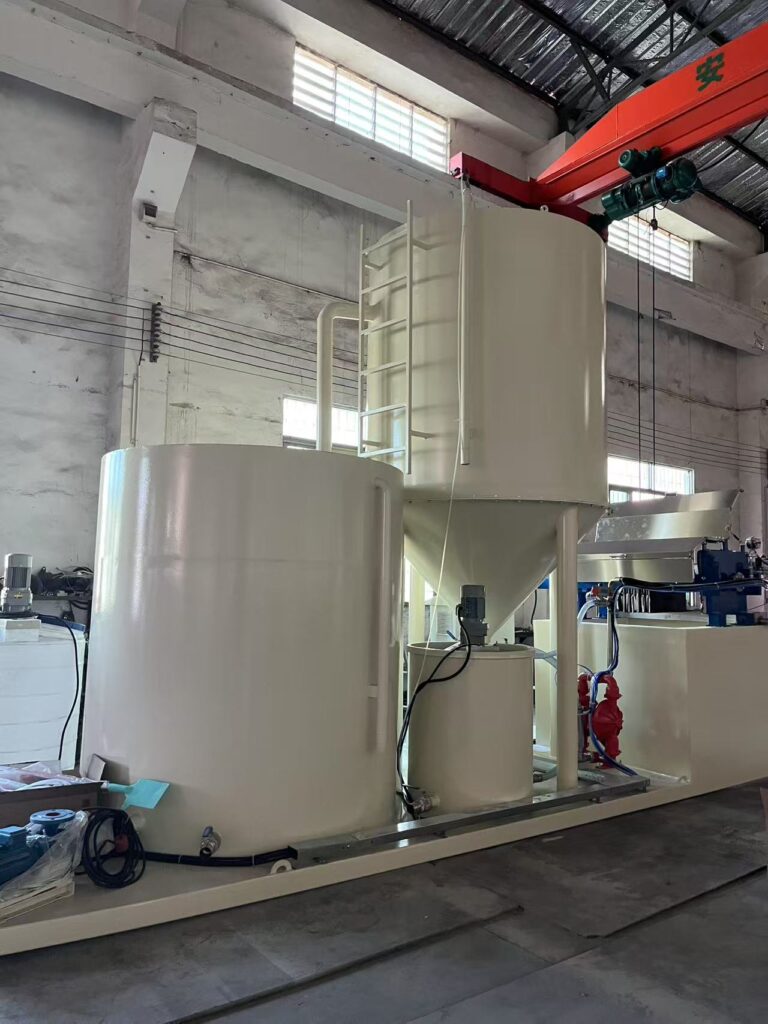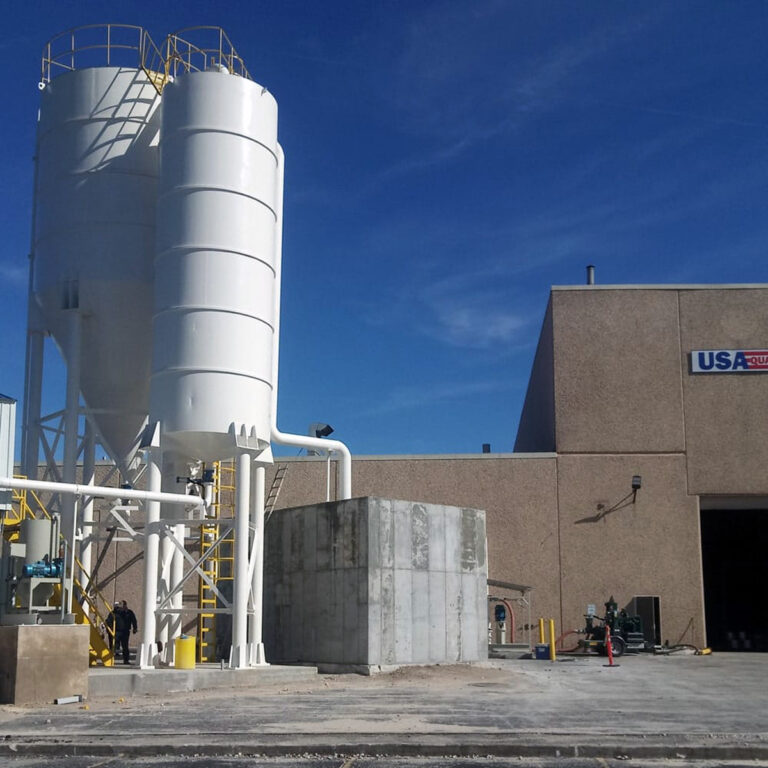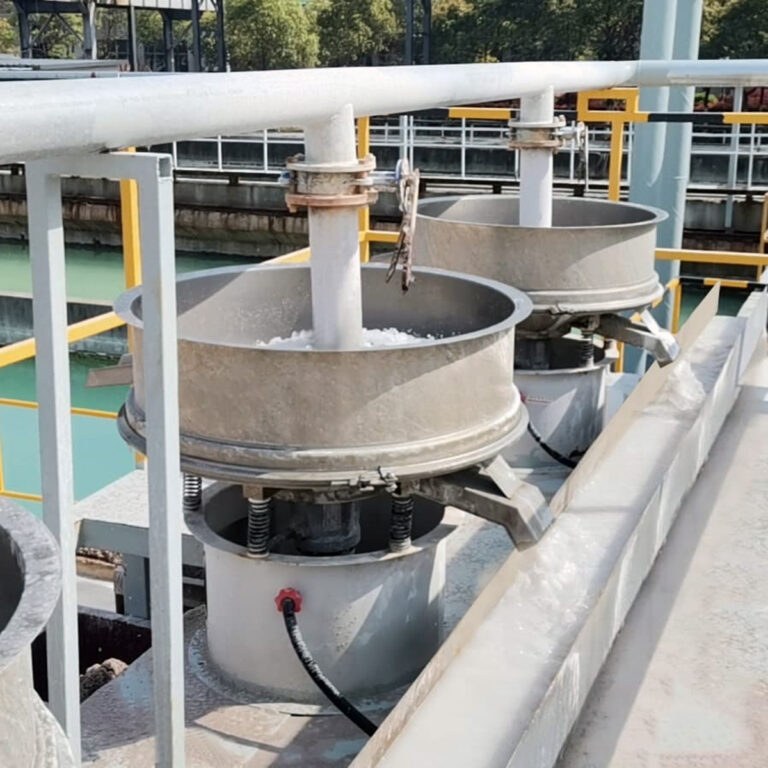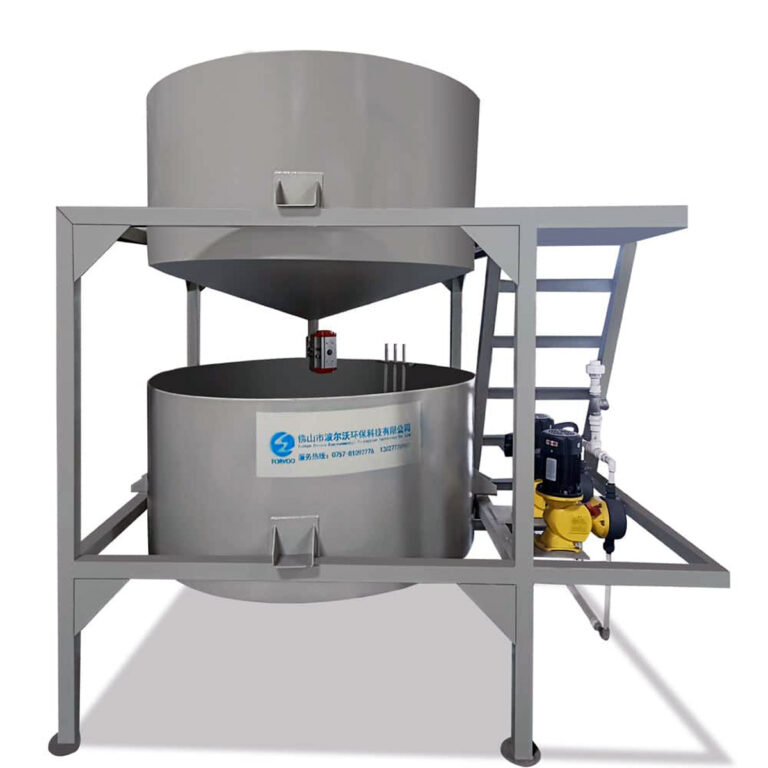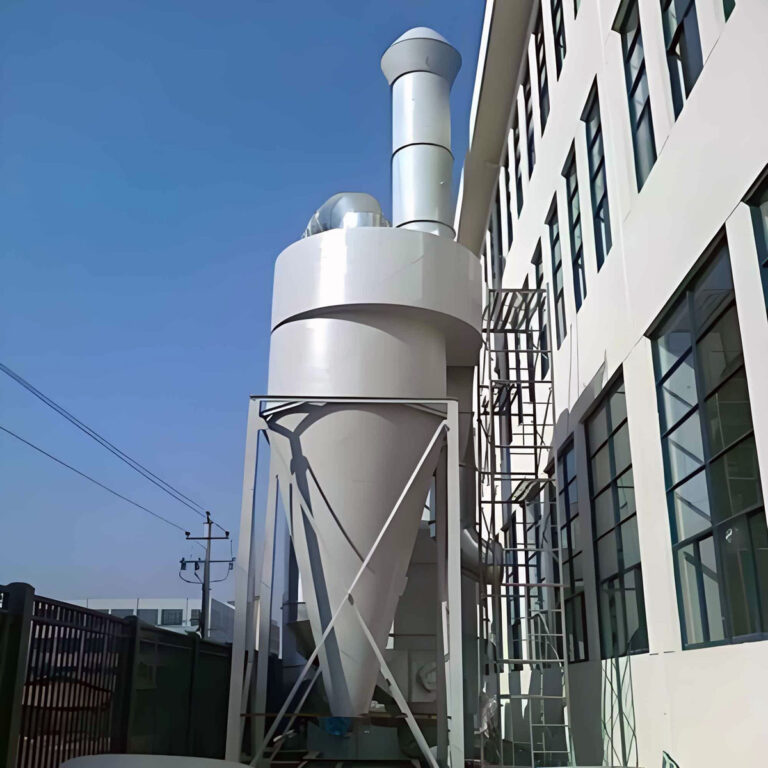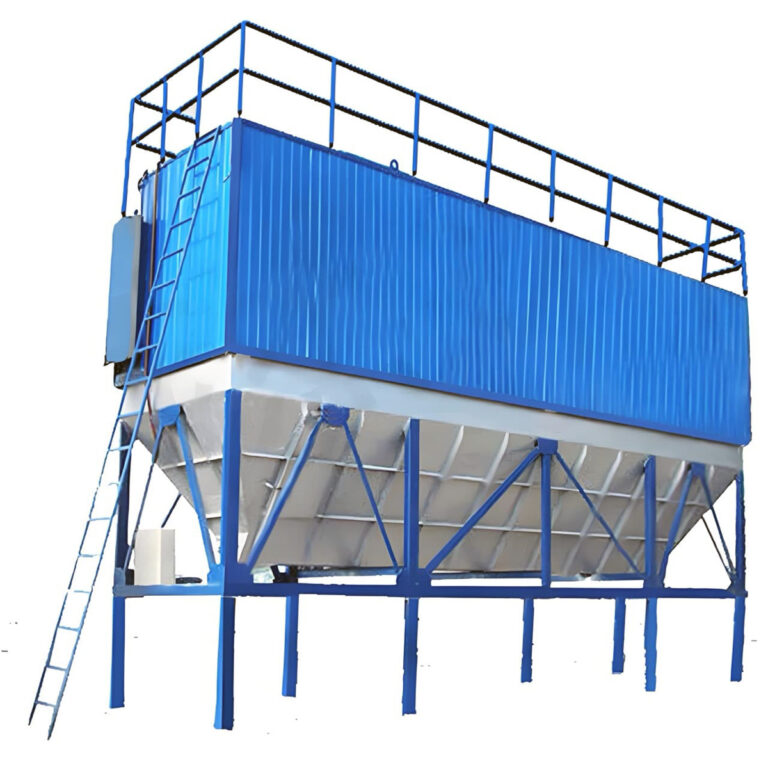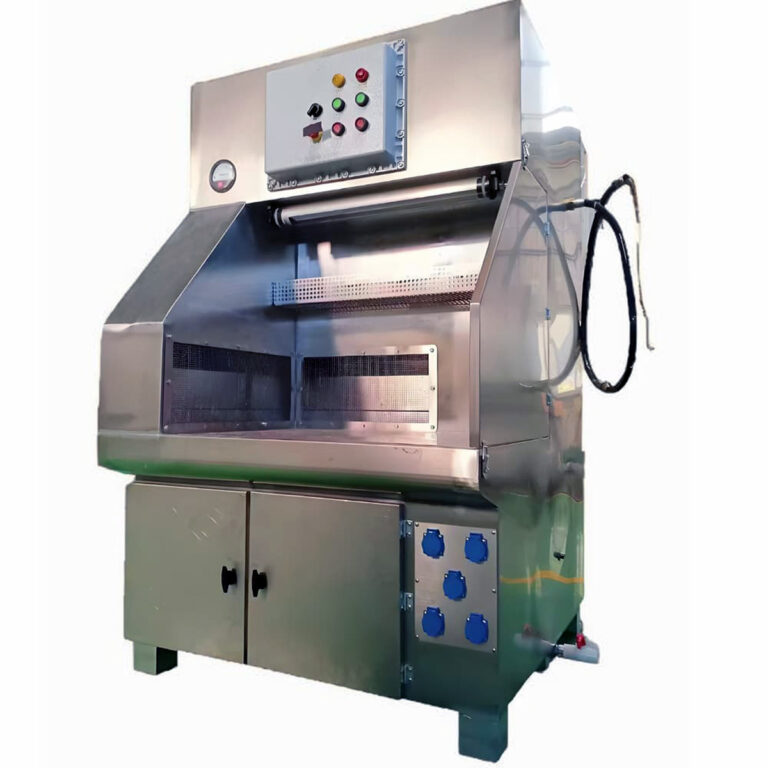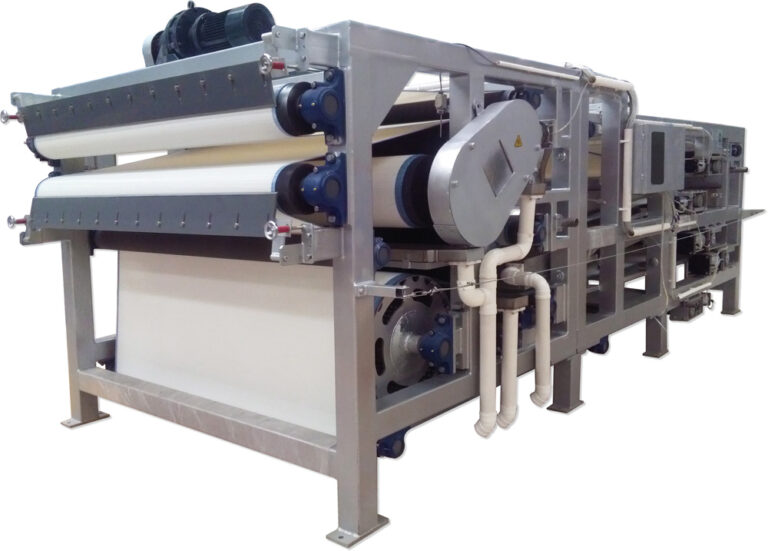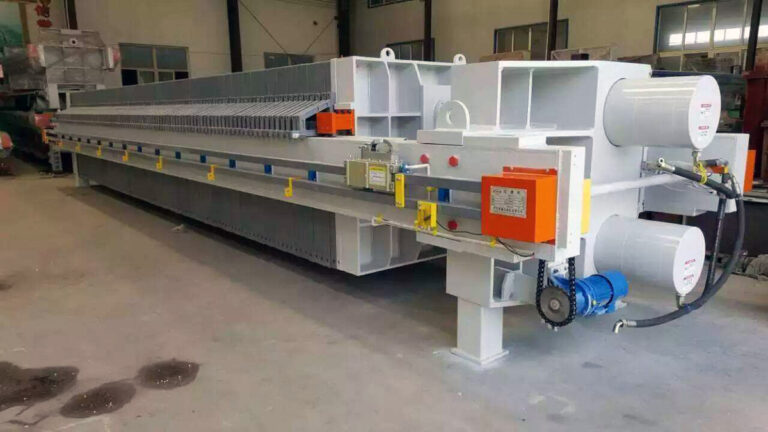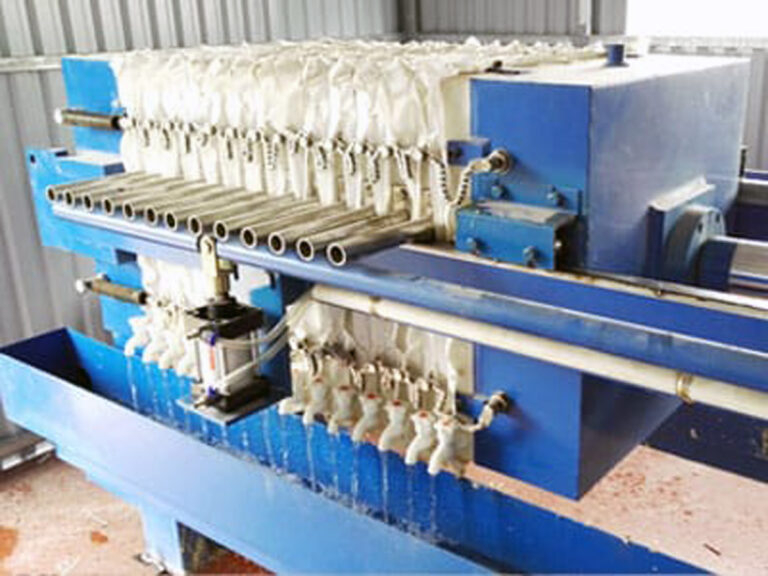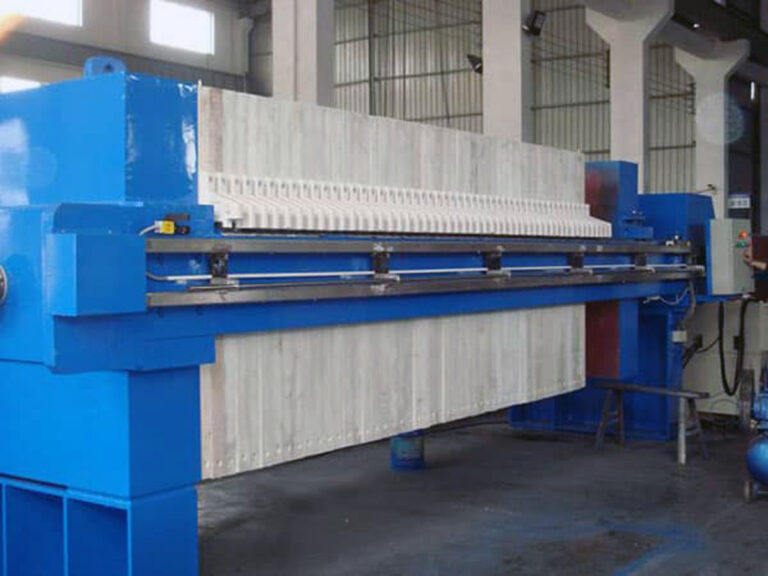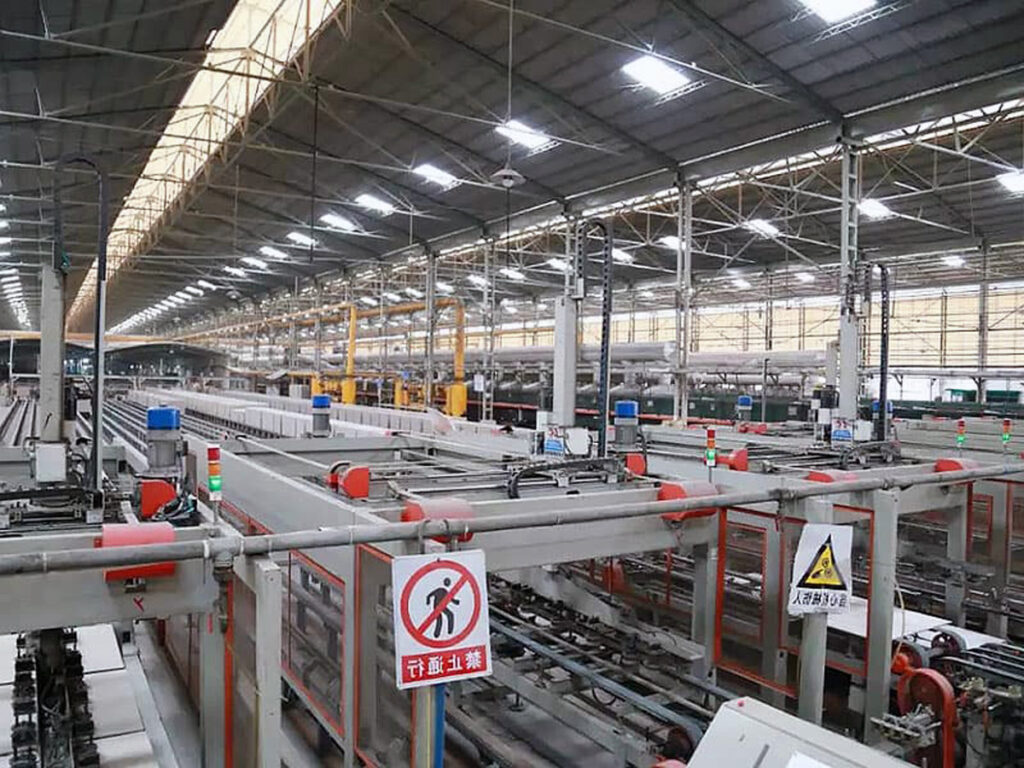Problem: Industrial facilities face mounting pressure to optimize their filtration systems while managing complex procurement processes that often result in costly mistakes, delayed projects, and suboptimal equipment performance. According to recent industry data, 67% of manufacturing companies report challenges in selecting appropriate filtration solutions, with 43% experiencing significant cost overruns due to inadequate supplier evaluation.
Agitate: Poor filtration procurement decisions cascade into operational nightmares—unexpected downtime, regulatory compliance issues, and spiraling maintenance costs that can devastate quarterly budgets. When filtration systems fail to meet specifications, facilities face production shutdowns costing thousands per hour, while inadequate supplier partnerships leave maintenance teams scrambling for parts and support.
Solution: This comprehensive guide provides you with strategic frameworks, evaluation criteria, and proven methodologies to transform your filtration procurement approach from reactive purchasing to strategic sourcing that delivers measurable results.
PORVOO has witnessed firsthand how systematic procurement strategies revolutionize industrial operations, turning filtration investments into competitive advantages rather than operational burdens.
What is Industrial Filtration Equipment Procurement?
Industrial filtration equipment procurement encompasses the strategic sourcing, evaluation, and acquisition of specialized filtering systems designed to meet specific operational requirements across manufacturing, processing, and production environments. Unlike standard purchasing activities, industrial filter procurement demands deep technical understanding, comprehensive supplier assessment, and long-term strategic thinking.
The procurement process extends far beyond simple price comparisons. It involves analyzing filtration efficiency ratings, evaluating supplier technical capabilities, assessing total cost of ownership, and establishing partnerships that support ongoing operational excellence. Modern industrial facilities require filtration solutions that integrate seamlessly with existing systems while providing scalability for future expansion.
In our experience, successful filtration procurement projects share common characteristics: thorough needs assessment, rigorous supplier evaluation, and clear performance metrics. Companies that approach filtration procurement strategically report 34% lower total ownership costs and 28% fewer operational disruptions compared to those using traditional purchasing methods.
| Procurement Approach | Cost Reduction | Operational Efficiency | Supplier Satisfaction |
|---|---|---|---|
| Strategic Sourcing | 25-35% | 40-50% improvement | 85% retention rate |
| Traditional Purchasing | 10-15% | 15-20% improvement | 60% retention rate |
| Reactive Buying | 0-5% | Minimal improvement | 40% retention rate |
How to Evaluate Filtration Equipment Suppliers?
Effective filter supplier evaluation requires a systematic approach that balances technical capabilities, financial stability, and service excellence. The evaluation process should encompass multiple dimensions, ensuring suppliers can deliver not just products, but comprehensive solutions that evolve with your operational needs.
Technical Capabilities Assessment
Technical evaluation forms the foundation of supplier assessment, focusing on engineering expertise, manufacturing capabilities, and innovation capacity. Leading suppliers demonstrate proficiency across multiple filtration technologies, offering solutions ranging from basic mechanical filtration to advanced membrane and electrostatic systems.
Evaluate suppliers’ research and development investments, patent portfolios, and collaboration with industry research institutions. Companies investing 8-12% of revenue in R&D typically offer more innovative solutions and better long-term technology roadmaps. Request detailed technical specifications, performance data, and case studies demonstrating successful implementations in similar applications.
Manufacturing facility assessments reveal production capacity, quality control systems, and scalability potential. Suppliers operating ISO 9001 certified facilities with advanced manufacturing technologies generally deliver more consistent product quality and better delivery performance.
Quality Certifications and Standards
Quality certifications provide objective validation of supplier capabilities and commitment to excellence. Essential certifications include ISO 9001 for quality management, ISO 14001 for environmental management, and industry-specific standards such as ASME for pressure vessel applications or FDA compliance for food and pharmaceutical industries.
Beyond standard certifications, evaluate suppliers’ internal quality systems, testing capabilities, and continuous improvement programs. Suppliers with accredited testing laboratories can provide faster validation and troubleshooting support, reducing project timelines and risks.
Third-party certifications from organizations like NSF International, UL, or CE marking demonstrate compliance with international standards and facilitate global deployment strategies.
Service and Support Infrastructure
Service capabilities often differentiate excellent suppliers from adequate ones. Comprehensive support includes technical consultation, installation guidance, maintenance training, and responsive after-sales service. Evaluate suppliers’ service territories, response times, and local support capabilities.
Consider suppliers’ digital support platforms, remote monitoring capabilities, and predictive maintenance programs. Advanced suppliers offer IoT-enabled filtration systems with real-time performance monitoring, enabling proactive maintenance and optimized replacement schedules.
“The best filtration suppliers become strategic partners, not just equipment vendors. They understand your process challenges and provide solutions that improve overall operational efficiency.” – Industrial Engineering Manager, Fortune 500 Manufacturing Company
What Are the Key Considerations in Industrial Filtration Purchasing?
Industrial filtration purchasing decisions impact operational efficiency, regulatory compliance, and long-term cost structures. Successful purchasing requires balancing immediate needs with strategic objectives, ensuring selected solutions support current operations while providing flexibility for future requirements.
Performance Specifications and Efficiency Metrics
Performance specifications define filtration requirements and establish measurable success criteria. Key metrics include filtration efficiency ratings, pressure drop characteristics, flow capacity, and contaminant removal capabilities. Specifications should reflect actual operating conditions rather than idealized laboratory conditions.
Efficiency ratings vary significantly across different particle sizes and contaminant types. For example, HEPA filters achieve 99.97% efficiency for 0.3-micron particles but may perform differently with larger or smaller particles. Understanding these nuances prevents specification mismatches that compromise system performance.
Flow capacity specifications must account for system variations, including pressure fluctuations, temperature changes, and contamination loading. Oversized systems waste energy and capital, while undersized systems create bottlenecks and premature filter replacement cycles.
Total Cost of Ownership Analysis
Total cost of ownership (TCO) analysis provides comprehensive cost visibility beyond initial purchase prices. TCO includes acquisition costs, installation expenses, operating costs, maintenance requirements, and disposal fees. Industry studies show that purchase price typically represents only 20-30% of total ownership costs over a filter’s operational lifetime.
Energy consumption often represents the largest operational cost component. High-efficiency filters with lower pressure drops can reduce energy costs by 15-25% compared to standard alternatives. Calculate energy savings using actual utility rates and operating hours to quantify financial benefits.
Maintenance requirements vary dramatically across different filtration technologies. Cleanable filters require higher labor costs but eliminate disposal fees, while disposable filters minimize labor but create ongoing replacement costs. The optimal choice depends on labor costs, disposal fees, and operational preferences.
| Cost Component | Percentage of TCO | Optimization Strategies |
|---|---|---|
| Purchase Price | 20-30% | Competitive bidding, volume discounts |
| Energy Costs | 40-50% | High-efficiency designs, variable speed drives |
| Maintenance | 15-25% | Preventive maintenance, staff training |
| Disposal | 5-10% | Recycling programs, cleanable filters |
Compatibility and Integration Requirements
System compatibility ensures seamless integration with existing infrastructure while supporting future expansion plans. Evaluate mechanical compatibility, including mounting configurations, connection types, and dimensional constraints. Electrical compatibility encompasses power requirements, control interfaces, and monitoring systems.
Advanced filtration systems often include sophisticated control systems that must integrate with existing building automation or process control systems. Evaluate communication protocols, data formats, and integration complexity to prevent costly customization requirements.
Consider future expansion scenarios and ensure selected systems can accommodate capacity increases, technology upgrades, or process modifications without complete system replacement.
How to Streamline Your Industrial Filtration Purchasing Process?
Streamlined filtration equipment sourcing processes reduce procurement cycle times, minimize costs, and improve supplier relationships. Effective processes balance thoroughness with efficiency, ensuring comprehensive evaluation without unnecessary delays.
Vendor Assessment Framework
Structured vendor assessment frameworks provide consistent evaluation criteria and objective comparison methods. Develop weighted scoring systems that reflect your organization’s priorities, including technical capabilities, financial stability, service quality, and strategic alignment.
Create standardized evaluation forms covering technical specifications, quality certifications, service capabilities, and commercial terms. Standardization ensures fair comparisons and reduces evaluation time while maintaining comprehensive coverage of critical factors.
Implement multi-stage evaluation processes that efficiently screen suppliers before detailed assessments. Initial screening eliminates obviously unsuitable suppliers, allowing focused attention on qualified candidates. Detailed evaluations should include facility visits, reference checks, and pilot testing when appropriate.
Risk Management Strategies
Filtration vendor assessment must address potential risks that could impact project success or ongoing operations. Supply chain risks include supplier financial stability, manufacturing capacity constraints, and geographic concentrations that could affect delivery reliability.
Technical risks encompass performance variations, compatibility issues, and technology obsolescence. Mitigate technical risks through comprehensive testing, performance guarantees, and supplier technology roadmaps that demonstrate long-term viability.
Commercial risks include price volatility, contract terms, and intellectual property concerns. Establish clear contract terms covering performance guarantees, delivery schedules, and service level agreements. Consider alternative suppliers and maintain relationships with backup vendors for critical applications.
A recent case study from a chemical processing facility illustrates effective risk management. The facility identified potential supply chain disruptions and established relationships with two qualified suppliers in different geographic regions. When their primary supplier experienced production delays, the secondary supplier provided interim solutions, preventing costly production shutdowns.
What Common Challenges Impact Filtration Equipment Sourcing?
Understanding common challenges enables proactive planning and risk mitigation strategies. While filtration equipment sourcing offers opportunities for operational improvement, several recurring challenges can derail projects or compromise results.
Lead Time and Supply Chain Disruptions
Extended lead times increasingly impact filtration equipment procurement, with custom-engineered systems requiring 12-20 weeks for delivery. Supply chain disruptions, material shortages, and manufacturing capacity constraints contribute to schedule uncertainty and project delays.
Global supply chain vulnerabilities became apparent during recent disruptions, with some filtration components experiencing 6-month delays. Successful organizations now maintain strategic inventory levels, develop multiple supplier relationships, and incorporate buffer time into project schedules.
However, extended lead times can strain project budgets and operational planning. Emergency procurement often requires premium pricing and expedited shipping that can increase costs by 25-40% compared to standard delivery terms.
Technical Specification Misalignment
Specification misalignment represents a persistent challenge, with 38% of filtration projects experiencing performance gaps between expected and actual results. Misalignment often stems from inadequate needs assessment, unclear specification development, or communication breakdowns between technical and purchasing teams.
Complex applications require detailed technical specifications that accurately reflect operating conditions, performance requirements, and integration constraints. Overly generic specifications result in inappropriate solutions, while overly restrictive specifications limit supplier options and increase costs.
Successful projects involve cross-functional teams including operations, engineering, and procurement personnel. Technical specifications should be validated through pilot testing or supplier demonstrations before final selection.
“The biggest mistake in filtration procurement is assuming all suppliers understand your specific application requirements. Clear, detailed specifications prevent costly misunderstandings and ensure optimal performance.” – Senior Process Engineer, Pharmaceutical Manufacturing
How to Build Long-term Strategic Partnerships with Filter Suppliers?
Strategic partnerships transform transactional relationships into collaborative alliances that deliver continuous value improvements. Successful partnerships require mutual commitment, aligned objectives, and structured performance management systems.
Performance Monitoring and Evaluation
Continuous performance monitoring ensures suppliers meet commitments while identifying improvement opportunities. Establish key performance indicators (KPIs) covering delivery performance, quality metrics, service responsiveness, and cost competitiveness. Regular performance reviews should include both quantitative metrics and qualitative assessments.
Implement supplier scorecards that track performance trends and facilitate data-driven discussions. Leading companies share performance data with suppliers, enabling collaborative problem-solving and continuous improvement initiatives.
Performance-based contracting aligns supplier incentives with operational objectives. Contracts incorporating performance bonuses for exceptional results and penalties for substandard performance create powerful motivation for excellence.
Innovation and Technology Roadmap
Strategic partnerships should drive innovation and technology advancement. Collaborate with suppliers on technology roadmaps, research projects, and pilot programs that explore emerging filtration technologies. Suppliers with strong R&D capabilities can provide early access to breakthrough technologies and competitive advantages.
Consider joint development programs for specialized applications or unique requirements. Collaborative innovation often produces superior solutions while strengthening supplier relationships and creating mutual dependencies that benefit both parties.
Leading filtration suppliers invest heavily in emerging technologies including nanotechnology, smart sensors, and artificial intelligence. Partnerships with innovative suppliers provide access to cutting-edge solutions and competitive differentiation.
For comprehensive filtration solutions that combine advanced technology with proven reliability, explore industrial filtration equipment options that meet diverse operational requirements.
Conclusion
Strategic filtration procurement transforms operational challenges into competitive advantages through systematic supplier evaluation, comprehensive needs assessment, and performance-driven partnerships. Key success factors include developing clear technical specifications, implementing structured evaluation frameworks, and establishing long-term supplier relationships that drive continuous improvement.
The evolution toward strategic filtration procurement reflects broader industry trends emphasizing total cost of ownership, sustainability, and operational excellence. Organizations that master these procurement strategies report significant cost reductions, improved operational reliability, and enhanced competitive positioning.
Moving forward, successful filtration procurement will increasingly rely on data-driven decision-making, collaborative supplier relationships, and integrated technology solutions. The companies that embrace these strategic approaches while maintaining focus on operational excellence will achieve sustainable competitive advantages in their respective markets.
Consider how your current procurement processes align with these strategic principles. Are you maximizing the value potential of your filtration investments, or are traditional purchasing approaches limiting your operational success? The choice between strategic procurement and conventional buying determines not just cost outcomes, but competitive positioning in increasingly demanding industrial environments.
For organizations ready to transform their filtration procurement approach, advanced filtration solutions provide the technical performance and supplier support necessary to achieve operational excellence and sustainable competitive advantages.
Frequently Asked Questions
Q: What are the key steps in evaluating suppliers for industrial filtration equipment procurement?
A: Evaluating suppliers for industrial filtration equipment procurement involves several key steps. First, conduct a thorough analysis of your filtration requirements, including system performance, future capacity needs, and specific contaminant challenges. Next, assess the supplier’s reputation, product quality, and customer service. It is also crucial to evaluate their ability to provide cost-effective solutions and innovative technologies. Finally, consider long-term partnerships and negotiation strategies to secure optimal pricing and service packages.
Q: How do I determine the right industrial filtration equipment for my specific application?
A: Determining the right industrial filtration equipment for your application involves understanding your specific filtration needs. This includes analyzing your current system’s performance, identifying any gaps, and projecting future operational demands. Critical factors to consider are temperature and pressure conditions, chemical compatibility, and particle size distribution. Additionally, planning for future capacity growth ensures that the equipment remains viable as operations expand.
Q: What role does chemical compatibility play in industrial filtration equipment procurement?
A: Chemical compatibility is a critical specification factor in industrial filtration equipment procurement. Aggressive chemicals or solvents can rapidly degrade filter materials, leading to premature failures and safety concerns. Therefore, establishing a comprehensive chemical exposure profile is essential to ensure that the equipment specifications align with the actual operating environment. This helps prevent over-specification, which increases costs, or under-specification, which compromises performance.
Q: How can long-term partnerships with suppliers benefit industrial filtration equipment procurement?
A: Long-term partnerships with suppliers can significantly benefit industrial filtration equipment procurement by providing access to favorable pricing structures, such as volume-based discounts and bundled service packages. These partnerships can also offer access to advanced filtration technologies, sophisticated monitoring systems, and customizable solutions tailored to specific industry demands. This can lower long-term operational costs by improving filter performance and longevity.
Q: What are some effective cost-saving strategies in industrial filtration equipment procurement?
A: Effective cost-saving strategies in industrial filtration equipment procurement include negotiating long-term contracts to secure reduced rates, implementing digital procurement solutions for transparency and optimal filter utilization, and leveraging subscription-based arrangements. Additionally, collaborating with suppliers who value innovation and scalability can lead to access to next-generation filtration technologies, which can improve efficiency and reduce operational costs.
Q: How does the demand for industrial filtration equipment impact procurement strategies?
A: The demand for industrial filtration equipment drives procurement strategies by emphasizing the need for advanced filtering solutions across various industries. This demand is driven by technical breakthroughs, industry-specific needs, and economic conditions. As a result, procurement strategies focus on finding suppliers who can provide scalable and innovative solutions, which helps meet both current and future operational needs while maintaining cost efficiency.
External Resources
- Industrial Filter Equipment Buyer Guide | Vendor Selection – porvoo.co – This guide explains comprehensive criteria for evaluating and selecting industrial filter equipment suppliers, focusing on technical capabilities, service, and long-term partnership.
- Procurement Intelligence Industrial Filters Market – MRFR – Offers insights into procurement strategies, supplier evaluation, and cost-saving opportunities for industrial filtration equipment in the global market.
- Cleanroom Equipment Procurement | Supplier Assessment Guide – Provides frameworks for equipment procurement and supplier evaluation, including scoring systems and compliance checks relevant to filtration equipment.
- 6 Methods for Effective Supplier Evaluation – Veridion – Outlines methods for evaluating suppliers, including on-site audits and supplier scorecards, applicable for industrial filtration equipment procurement.
- Five Key Factors to Consider When Performing a Supplier Evaluation – Details key factors such as quality, capacity, and risk in supplier evaluation, useful for organizations procuring filtration equipment.
- Supplier Selection and Evaluation in Manufacturing – Thomasnet – Provides an overview of best practices and key considerations for selecting and evaluating equipment suppliers within manufacturing industries, including filtration systems.
